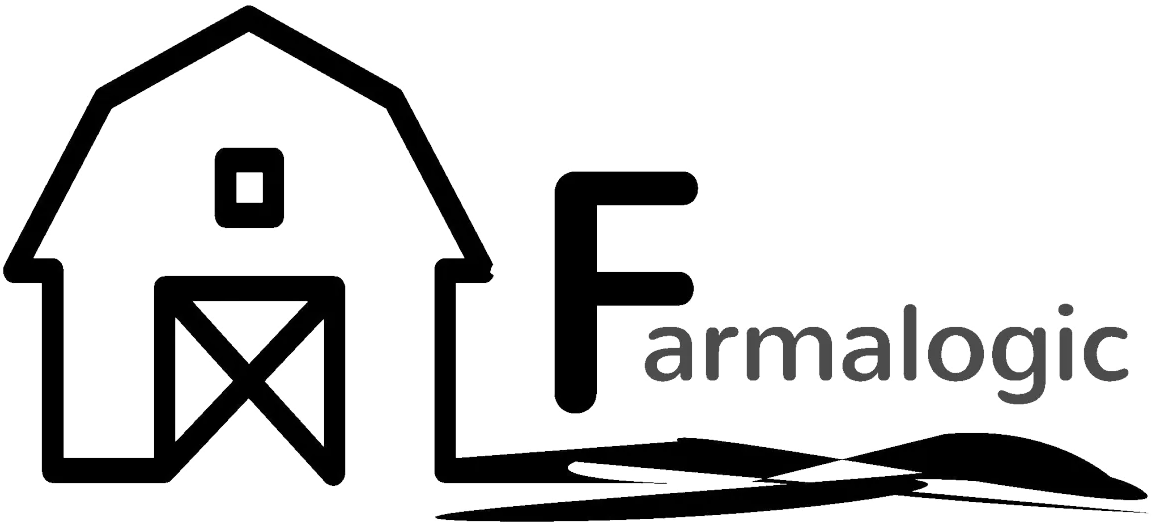Q: Is sun bleaching a sign of mineral deficiency?
It’s frustrating, isn’t it? One minute your horse is deep, rich and shining, then a week later it’s all gone and you are left with a pale, wishy-washing looking coat. Is it the feed?
Answer:
Horses with copper or zinc deficiencies or dietary imbalances between copper, zinc, iron, and manganese levels are often described as ‘sun bleached.’ Their coats lack colour intensity because their bodies do not have enough of the right minerals to produce the pigments that colour their hair. They often experience delayed shedding of winter coats. Copper and zinc deficient horses often also have a rough coat, creating a ‘wormy’ appearance because individual hair fibres grow weaker, with individual hair shafts developing with rough scales and frizzy, hooked ends. But this ‘sun-bleached’ look is caused by an internal deficiency, not by the effect of the sun on the coat.
HOWEVER, horses who are not mineral deficient can develop a pale coat because they have genuinely been sun bleached. Sun bleaching is a real phenomenon, recognised both scientifically and in the general community. Women’s beauty magazines are full of articles on how to lighten or highlight hair and obtain natural tips and streaks using weak acids or salt combined with sunlight. Beauty magazines also contain plenty of advice on avoiding damage to hair caused by salt and sun, especially if you are at the beach a lot during summer.
You might not be taking your horse to the beach every day, but in hot weather and during exercise there will be salt in contact with your horse’s skin and hair. It is not unusual to see dried salt on the surface of the coat at the end of a very hot summer’s day. If you are not hosing the salt off the coat with fresh water on a daily basis, your horse’s hair will become damaged by the effect of salt and sunlight, creating a sun-bleached appearance.
Remember: Copper deficiency is more detrimental than just a poor looking coat – copper is critical for bone, skin and connective tissue, heart, and blood vessel health, central nervous system function and a strong immune system. Copper deficiency is the most common cause of anaemia in horses. Ensuring adequate copper and omega-3 intake is also important for helping horses with allergies, including conditions such as itch.
The Equine Vit&Min range is designed to correct vitamin and mineral deficiencies and balance mineral ratios across the whole diet. EVM Omega-3 PLUS even balances omega-6 to omega-3 ratios in a simple all-in-one powdered supplement.



I have been searching for any literature to explain why my horse has not just frizzy areas on his legs but also a strange parallel rows of hair standing up on his side/belly. It’s s very strangest zebra like thing going on. I’m not sure if “wormy” describes this but nothing I’ve read describes what I’m seeing. I’ve started zinc/copper/selenium/vit e supplements. Fingers crossed!
Hi Janel, I’d be interested in seeing photos of your horse’s coat. May I also suggest you take advantage of our free diet analysis service so our nutritionists can check your horse’s mineral balance for you? Regards, Larissa.